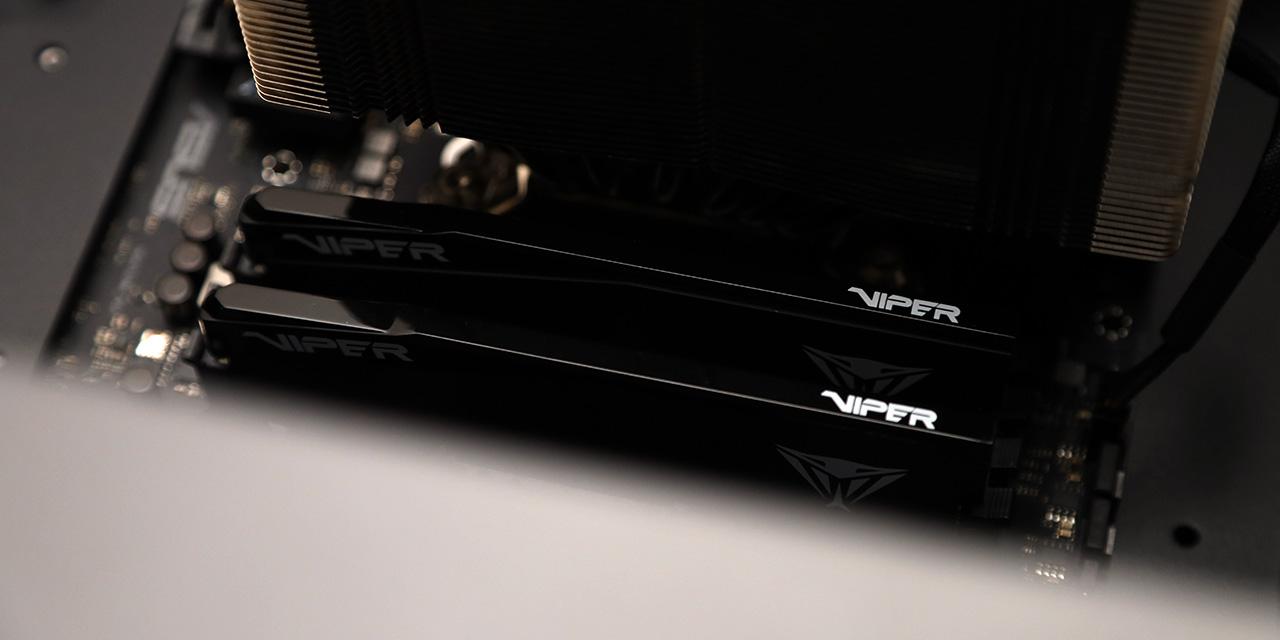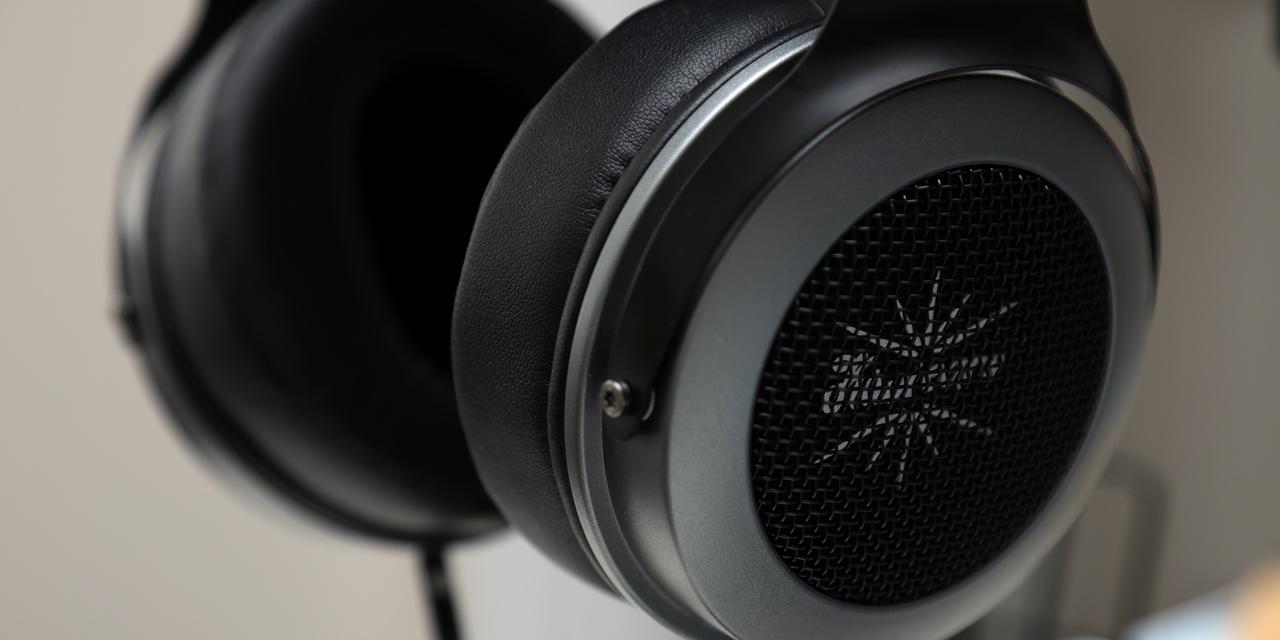Page 3 - Test Results

Our test configuration is as follows:
CPU: Intel Core i5-6600K @ 3.9GHz (Stock settings)
Motherboard: ASUS Z170-E
RAM: Kingston HyperX Fury HX421C14FBK2/16 2x8GB
Graphics: ASUS GeForce GTX 1060
Chassis: FSP CMT520
Power: Corsair RM650X 650W
Storage: Kingston SSDNow UV400 480GB; Seagate BarraCuda ST1000DM003 1TB
Operating System: Microsoft Windows 10 Home x64
Compared hardware:
- XPG Levante 240
- Fractal Design Celsius S24


All tests were run in our custom-built computer to best reflect real life performance. The computer remained in the same place and room throughout all tests. The ambient temperature in the room was around 19 degrees Celsius. The thermal paste applied to each cooler was stock respective to their manufacturer to rate its performance; all pastes had sufficient time for them to settle. The fans on all heatsinks were connected to the same motherboard 4-pin connector. The test computer was turned on and idling for at least one hour for the idling tests. High CPU load results were obtained using the Prime95 in place large FFTs test with four worker threads for a minimum of fifteen minutes and recorded when the temperature was deemed stable.
After idling the computer for more than an hour, the temperature stabilized at 19 degrees Celsius, which is good. Both coolers were able to keep the processor right at room temperature during this time. The 120mm fans' RPM were also fairly slow at this point, so it was nice and quiet. However, there is a high-pitched whine coming from the pump of the XPG Levante 240. I always find the idle tests to be a very small indication of a cooler's overall performance, so let us not waste more time and have a look at the load results.
Each cooler was allowed time to stabilize their temperatures before a final read was taken. The XPG Levante 240 performed slightly worse than the Fractal Design Celsius S24. However, being able to stabilize the processor at 60 degrees Celsius was no small feat. I will also mention that both coolers did have the same absolute maximum temperatures. Both reached 71 degrees Celsius at one point during the stress test, however, they did not remain there very long. Overall, the XPG Levante 240 impresses with its ability to cool the processor.
When it comes to sound, it is rather difficult to give an accurate reading of what it is like. The fans of the XPG Levante 240 were quiet even when the computer was under load. On a scale from 1 to 10, where 1 is silent and 10 is loud, the XPG Levante 240 came in at a 3.5/10, while under load at 4.5/10. The XPG Levante 240 was loud because the pump had a high-pitched whine present at all times. Without headphones on it was rather annoying, but when I had headphones on it was impossible to hear. That is no excuse for the pump whine though. Overall, the XPG Levante 240 impressed with its performance, but could do with a quieter pump.
Page Index
1. Introduction, Packaging, Specifications
2. Physical Look - Hardware; Installation
3. Test Results
4. Conclusion





